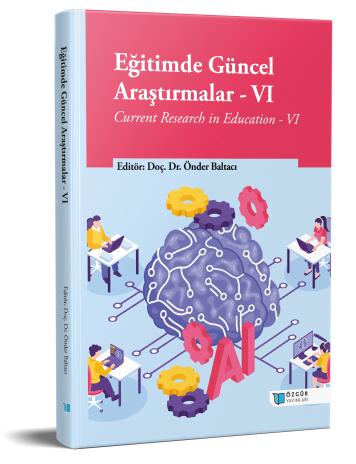
The introduction of formative assessment probes for teaching the mole concept in chemistry: A small study with high school students
Şu kitabın bölümü:
Baltacı,
Ö.
(ed.)
2023.
Eğitimde Güncel Araştırmalar - VI.
Özet
Mole, molar mass and the Avogadro number are used constantly to measure the amount of substance in chemical changes. However, students have difficulty in understanding these concepts because they are not familiar with measuring very small amounts of matter that cannot be seen and weighed in daily life, like atoms. The mole concept was developed to make the invisible and immeasurable atom visible and weighable. This research has three purposes: 1) To introduce the formative assesment probes on the teaching of the mole concept, 2) To evaluate the contribution of formative assessment techniques to understanding of the mole concept, 3) To reveal the students' knowledge about the application of the mole concept to problem solutions. The sample of the study consisted of 23 high school students. Four formative assessment probes were developed by the researchers. They were used as data collection tools. A formative assessment teaching technique “the agreement ring” was used for the teaching the mole concept. Students’ answers to the formative assessment probes were analyzed by using the four-point scale. As a result of the study, it was found that formative assessment practices positively contributed to the conceptual understanding of high school students. In order to provide conceptual understanding in the teaching of the chemistry course, studies should be carried out to generalize formative assessment techniques and formative assessment probes.

